Diprotodon: the massive marsupial that roamed Australia 5.3 million years ago
Today, Australia contains many wild and wondrous animals, and not much has changed over the past millions of years. The diprotodon is an animal that roamed Australia 5.3 million years ago. It was the largest known marsupial to have ever existed; imagine a wombat, but the size of a hippopotamus and weighing nearly two tons.
When Diprotodon Roamed the Earth
Diprotodon optatum , meaning “two forward teeth”, were discovered in a cave near Wellington in New South Wales by Major Thomas Mitchell in the 1830s. They were part of a species group known as “Australian megafauna”, meaning that they are 130% larger in body mass than their closest living relative, the wombat or the koala .
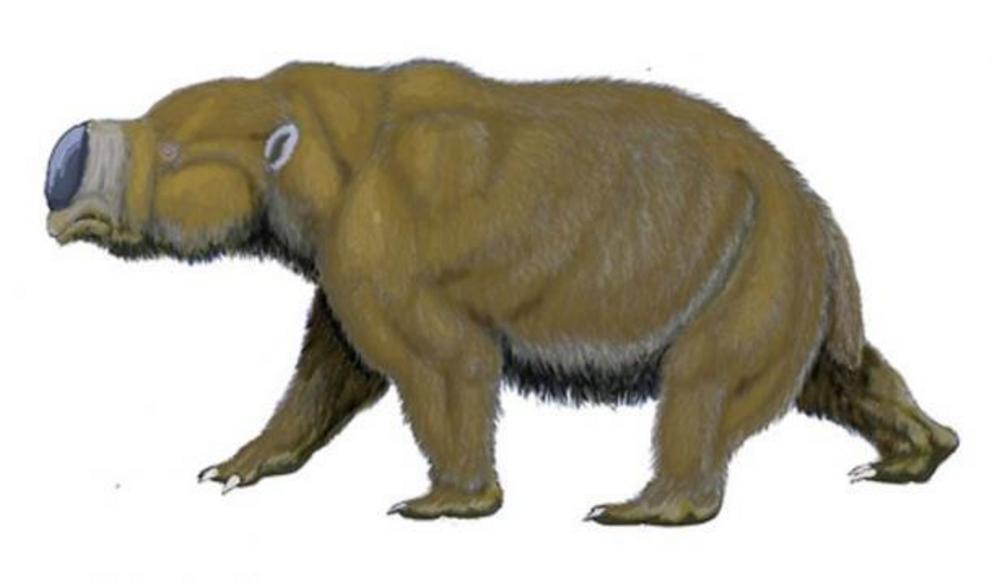
Diprotodon optatum – a giant marsupial from Pleistocene of Australia. (Dmitry Bogdanov/ CC BY 3.0 )
They looked like many living herbivores today, except massive. Diprotodon were heavy built with large bellies. They had an oversized skull that was filled with many air pockets making it very light. Some scientists even believe that they may have has a short trunk like an elephant. It had very small feet for its size, which were turned in, giving it a pigeon-toed look. Its body was just under 13 ft (4 meters) long, from head to tail, and 5.5 ft (1.7 meters) across at the shoulders.
Diprotodon Diet: What Did They Eat?
Having gone extinct nearly 46,000 years ago, diprotodon skeletons have been found at sites across mainland Australia along with skulls, hair, and foot impressions. 1.6 million years ago they inhabited forests, woodlands, and grasslands, staying close to water and living on a diet of leaves, shrubs, and grass. One skeleton was found in Lake Callabonn with remains of saltbush in its stomach area. It is possible that the diprotodon ate as much a 220-330 lbs (100-150 kg) per day.
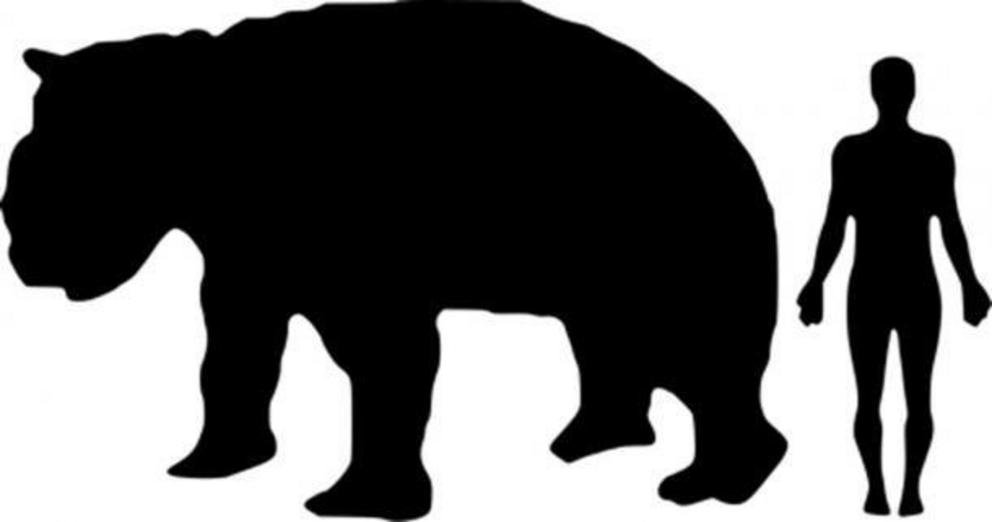
Diprotodon size compared to a human. ( Public Domain )
Diprotodon Life: Where Did They Come From?
The oldest fossils of diprotodon are from the late Pliocene epoch (5.3-2.5 million years ago) at Lake Kanunka, South Australia and Fisherman’s Cliff, New South Wales. But the most complete diprotodon skeleton was found at Tambar Springs, New South Wales and was excavated by the Australian Museum, where it is now on display. Cave drawings of the massive marsupials have been found in Aboriginal rock art in Quinkan traditional country (Queensland, Australia) which may suggest their coexistence with humans.
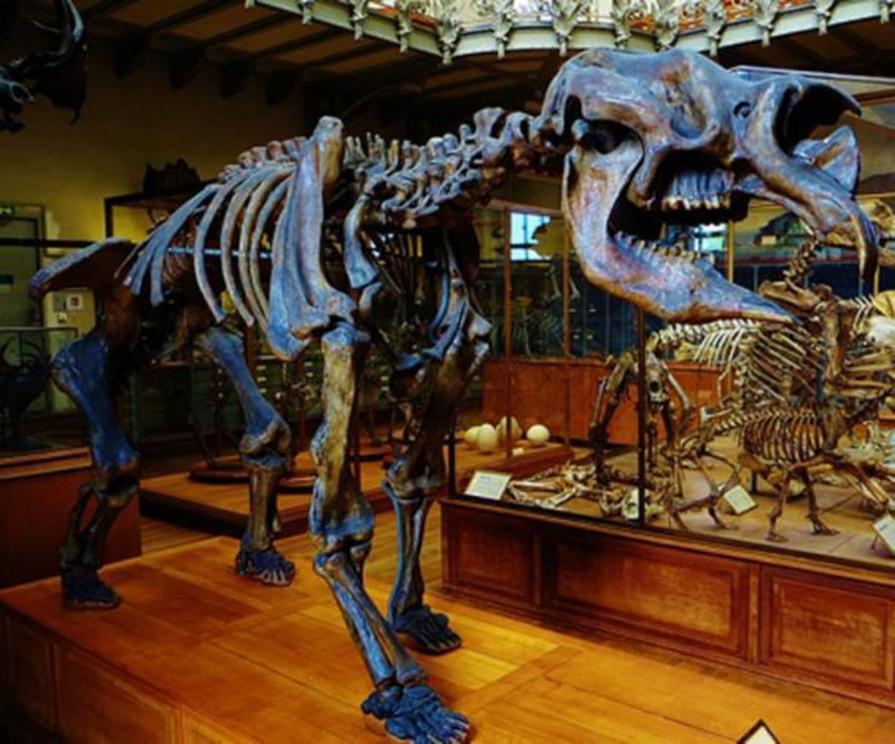
Cast of a Diprotodon skeleton on exhibit at the Gallery of Paleontology and Comparative Anatomy of the French National Museum of Natural History, in the Jardin des plantes, Paris. (Ghedoghedo/ CC BY SA 3.0 )
Diprotodon Extinction: Where Did They Go?
The majority of fossils indicate that many diprotodons died from drought. For example, the skeletons found at Lake Callabonna have perfectly preserved lower bodies, but crushed or distorted heads. This may suggest that groups of them sunk into the mud while crossing the drying lake bed, leaving their bodies intact, but their heads exposed to the trampling of other animals. Some archaeological finds suggest that young or elderly animals were the first to die from the drought.
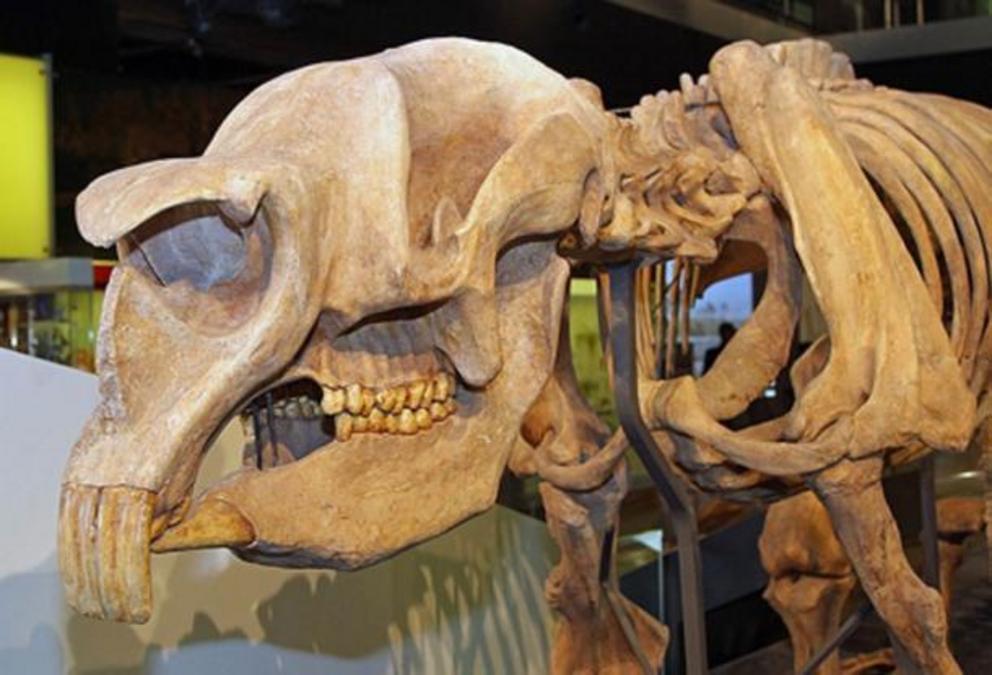
Skull of Diprotodon optatum, extinct Australian marsupial megafauna, at the Melbourne Museum. The specimen clearly shows the large front teeth for which the genus is named (Diprotodon = "two forward teeth") and the dentition adapted for browsing. Melbourne, Victoria, Australia. ( John O’Neill )
However, there are other theories about the diprotodon extinction. Some researchers point out that a wide range of megafauna became extinct shortly after humans arrived in Australia about 50,000 years ago. And some researchers argue the opposite, that the diprotodon survived well past this time period and co-existed with humans for about 20,000 years. Recent studies support this latter theory.
So, if it wasn’t the introduction of humans that caused the mass extinction of the diprotodon, what did? Three theories have been put forward: climate change, hunting, human land management, or potentially a combination of the three.
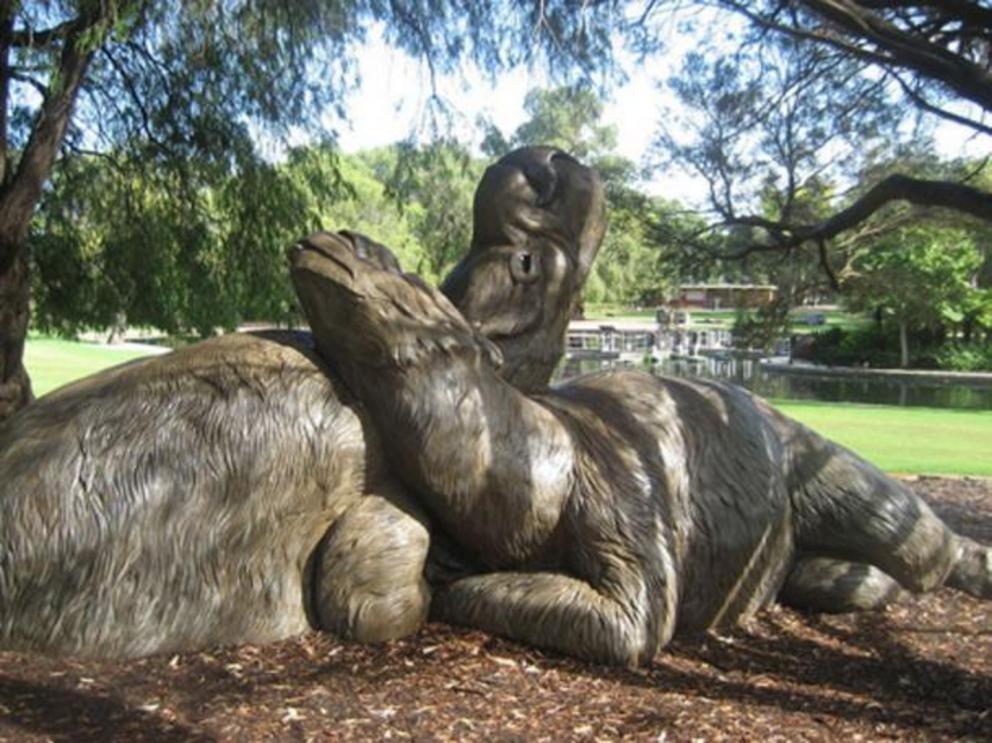
Diprotodon, Kings Park Perth. (Moondyne/ CC BY SA 3.0 )
Climate Change, Human Hunting, and Human Land Management
Proponents of the climate change theory suggest that an ice age in Australia caused the mainland to have prolonged periods of extreme cold and dry weather, thus killing off the diprotodon. However, many refute this point as diprotodon had lived through many ice ages in their existence. Also, climate change wouldn’t peak until some 25,000 years after their extinction.
On the other hand, the so-called “overkill theory” suggests that humans hunted the diprotodon to extinction. Similar overkill happened with megafauna in New Zealand and Madagascar around the same period, so the theory is not farfetched. Critics say that the theory is oversimplified, stating that hunting cannot possibly be the only reason that the species went extinct. However, it is very possible that over-hunting was a factor in their extinction, even if it wasn’t the only reason.
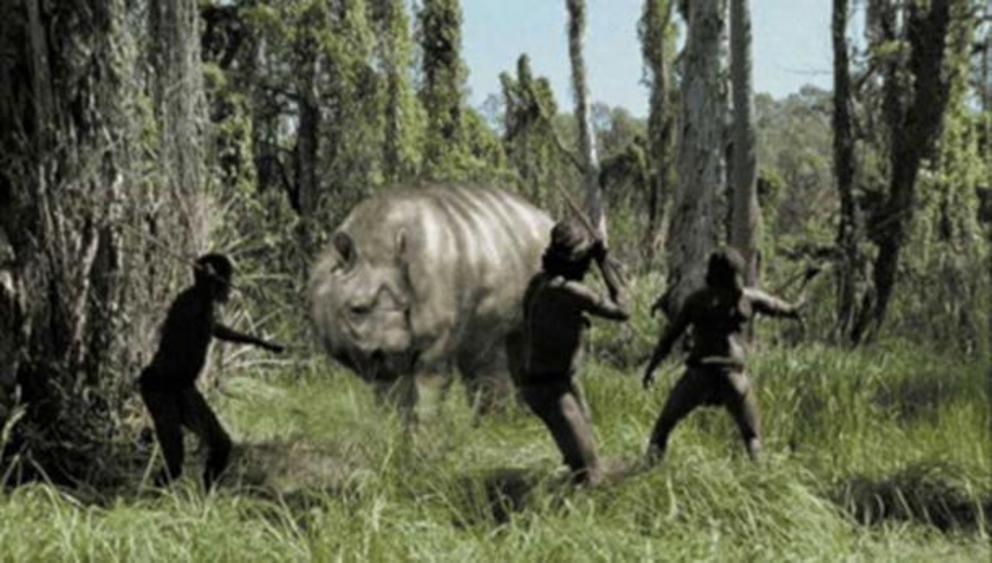
The diprotodon, monsters we met. ( Dinopedia)
The human land management theory suggests that the ecosystem in which the diprotodon lived was destroyed by human encroachment. Widespread ash deposits around Australia suggest that the aboriginals there were “fire-stick farmers,” meaning that they used fire to drive game out of the bushes, which would burn down the vegetation. However, megafauna elsewhere were eliminated without the use of this kind of farming. This means that if this was a factor, it may not have been the only reason for the extinction of the diprotodon.
Multiple Causes
While there are advocates and critics for the above theories for the extinction of the diprotodon there is some truth to all three. Therefore, there are those that support all three theories in tandem. They explain that since there is evidence to support each theory it is possible that they all happened at the same time. Ice ages were common at that time, people did hunt local animals, and they used fire-stick farming too.
Whatever caused the extinction of the diprotodon may have caused the extinction of other megafauna in Australia and elsewhere in the world. However, an explanation with any certainty is impossible at this point. As such, we can only speculate and study the evidence further. These incredible beasts are hard to imagine in today’s world, but millions of years ago they may have roamed alongside our ancestors, just like koalas or wombats do today.
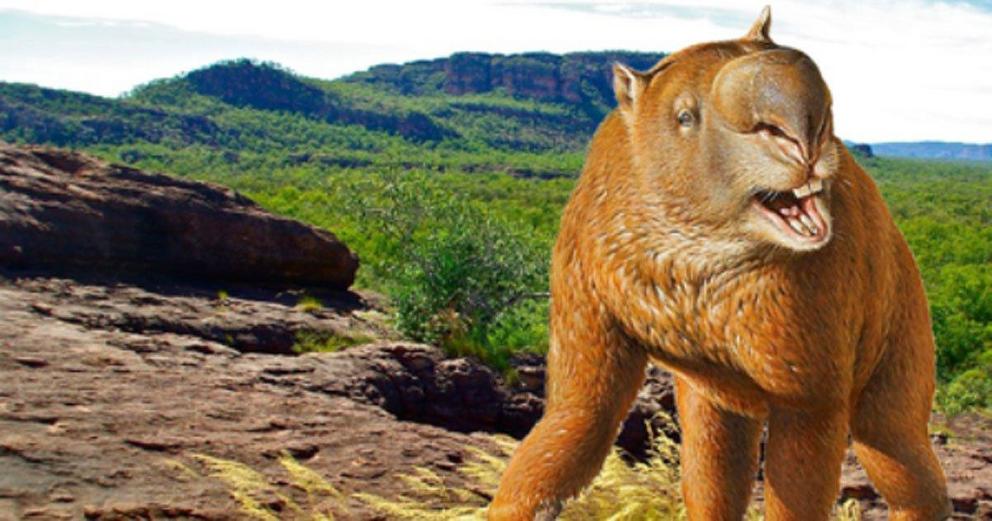
A diprotodon ( Peter Trusler ) in the Australian outback. ( CC0)
For the rest of this article please go to source link below.
For full references please use source link below.
Video can be accessed at source link below.
